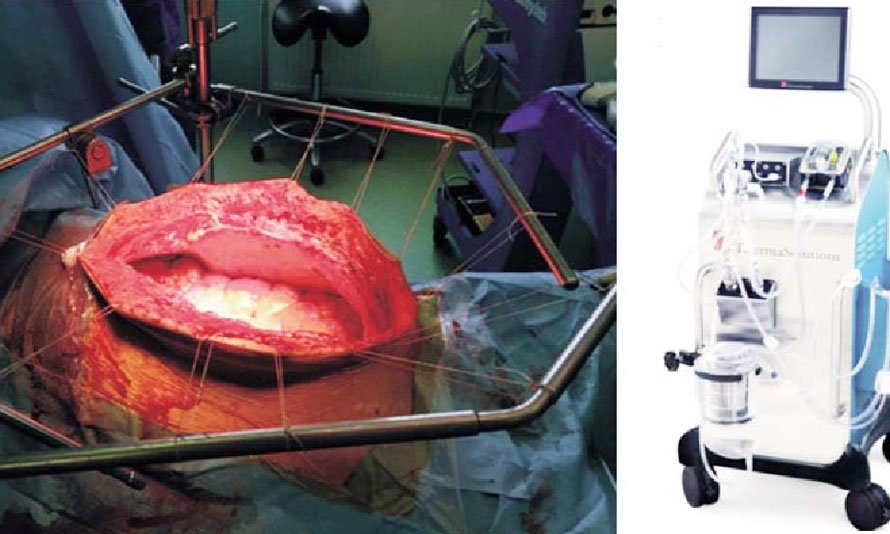
Cytoreductive surgery (CRS) combined with hyperthermic intraperitoneal chemotherapy (HIPEC) is a specialized and aggressive treatment approach used for certain types of advanced abdominal cancers that have spread within the abdominal cavity. This treatment strategy aims to remove visible tumors from the peritoneal lining (the lining of the abdominal cavity) and then deliver heated chemotherapy directly into the abdomen to target any remaining microscopic cancer cells.
Here's an overview of the key components and considerations of cytoreductive surgery with HIPEC:
1. Patient Selection: Not all patients with abdominal cancers are candidates for CRS and HIPEC. It is typically considered for individuals with specific types of cancer, primarily peritoneal surface malignancies, including:
2. Cytoreductive Surgery (CRS): The first step in this treatment approach is cytoreductive surgery. During CRS, the surgeon aims to remove all visible tumors and cancerous lesions from the peritoneal lining. This surgery can be extensive, involving the removal of affected organs and tissues, such as parts of the intestines, omentum, or spleen.
3. Hyperthermic Intraperitoneal Chemotherapy (HIPEC): After the removal of visible tumors, HIPEC is administered. HIPEC involves the following steps:
4. Benefits:
5. Risks and Considerations:
6. Postoperative Recovery: Recovery after CRS with HIPEC can be challenging, and patients may require a prolonged hospital stay. Close follow-up care is essential to monitor for any complications and assess treatment efficacy.
This treatment approach represents an aggressive but potentially effective option for selected patients with advanced abdominal cancers. It is important for patients and their healthcare teams to thoroughly discuss the risks, benefits, and expected outcomes before considering CRS with HIPEC as a treatment strategy. Each case is unique, and decisions should be made based on individual circumstances and in consultation with experienced medical professionals.